Chemical Collection
Why are jeans blue? How did color chemistry become the cradle of the Swiss chemical and pharmaceutical industry? What is the background of the fragrances musk and civet? What does chirality mean and what did chemistry labs look like a 100 years ago?
Childpage navigation
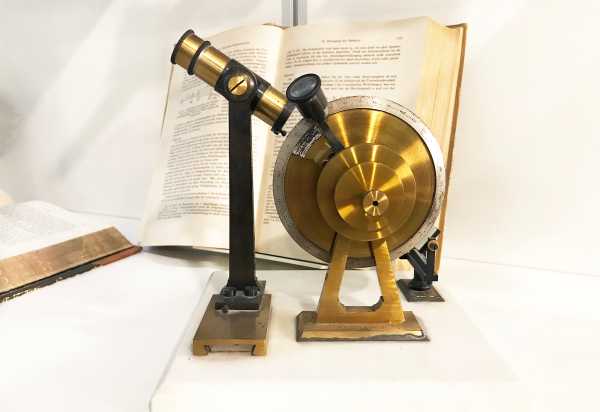
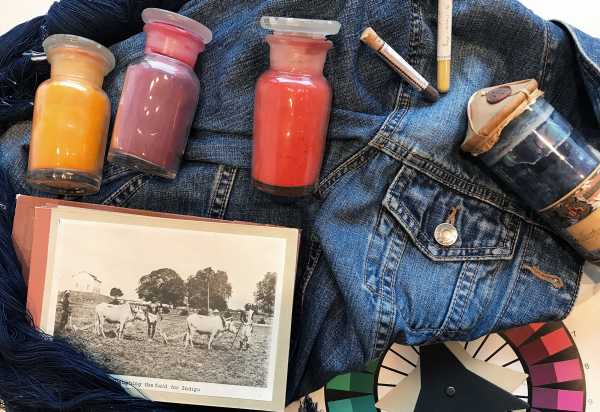
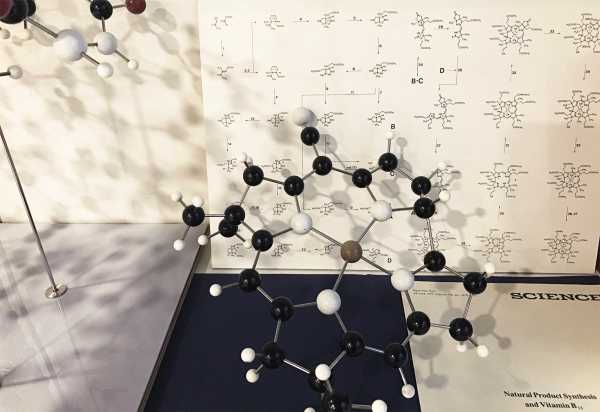
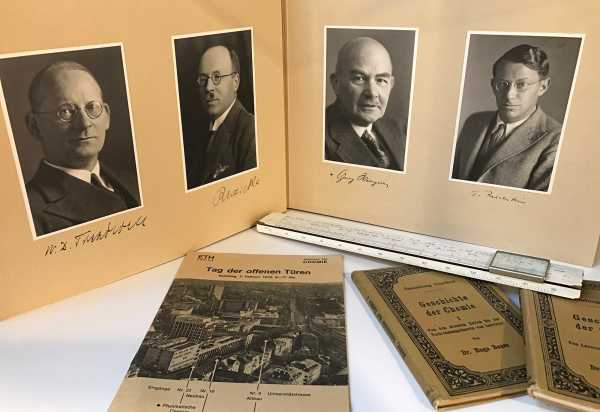
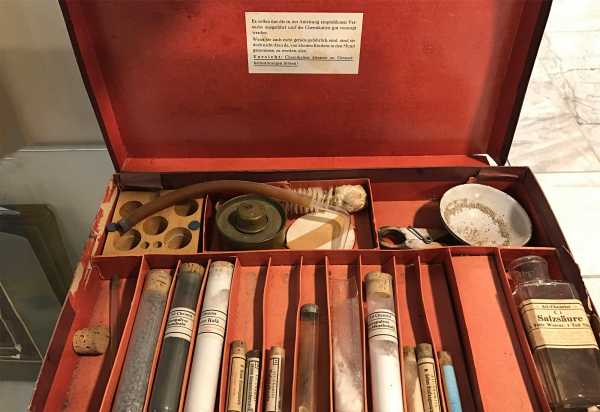
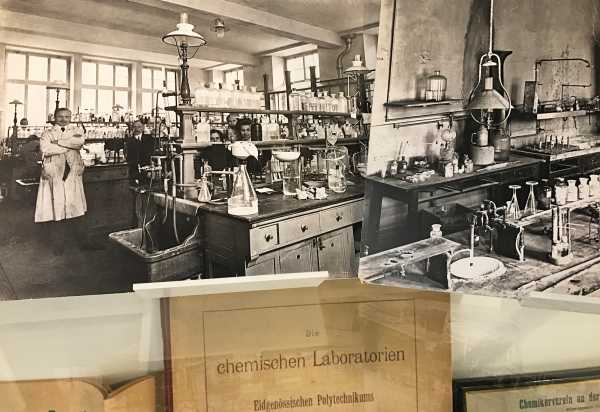
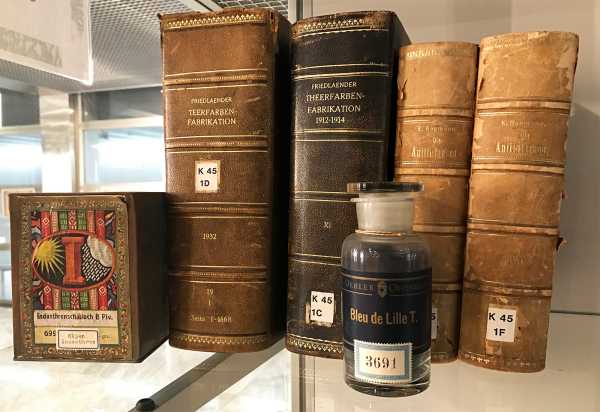
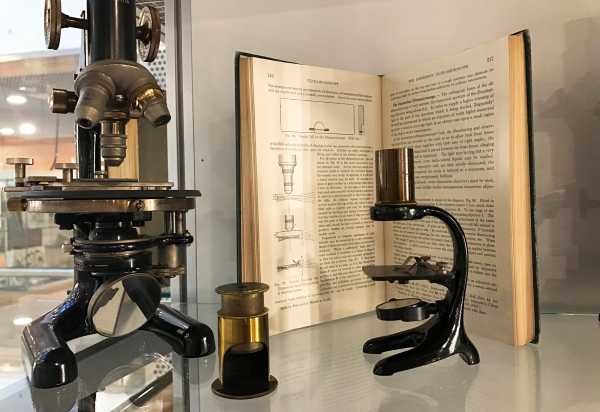
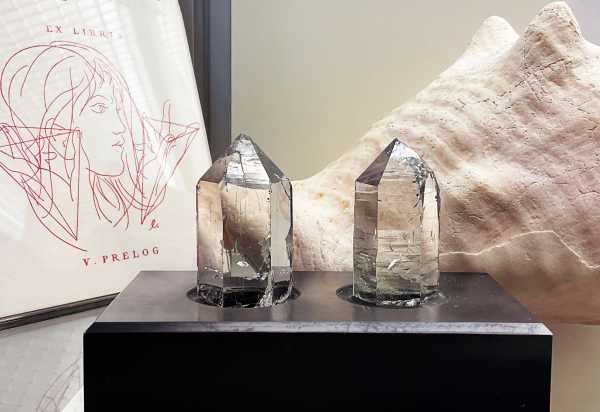
Answers to these questions can be found in ETH Zurich’s Chemical Collection on the H floor of the HCI building. In addition to the work of Nobel Prize winners, the exhibition presents insights into the everyday life of scientists in the past, including historical instruments, and takes visitors on a journey into the fascinating world of fragrances, colors, and fabric patterns.
Creating artificial colors
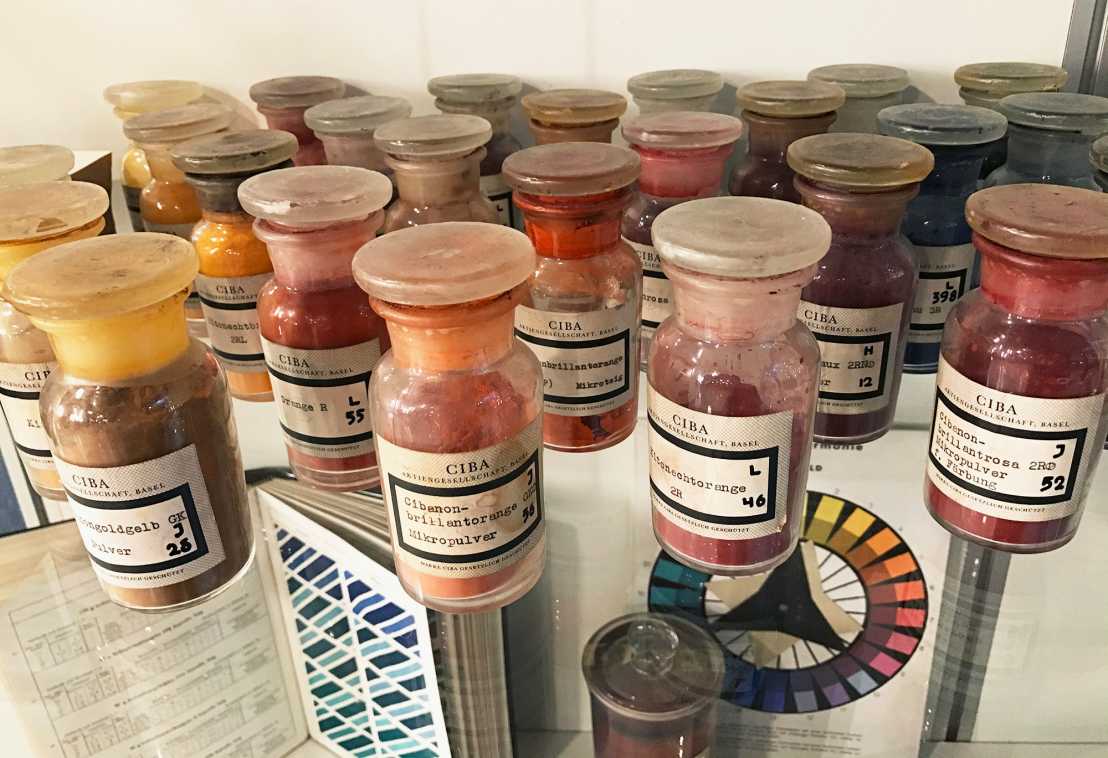
Learn about the chemistry behind Levi’s jeans, game-changing color stories, and colorful fabric pattern books from Adolf Jenny Trümpy. Discover more
From goniometer to NMR
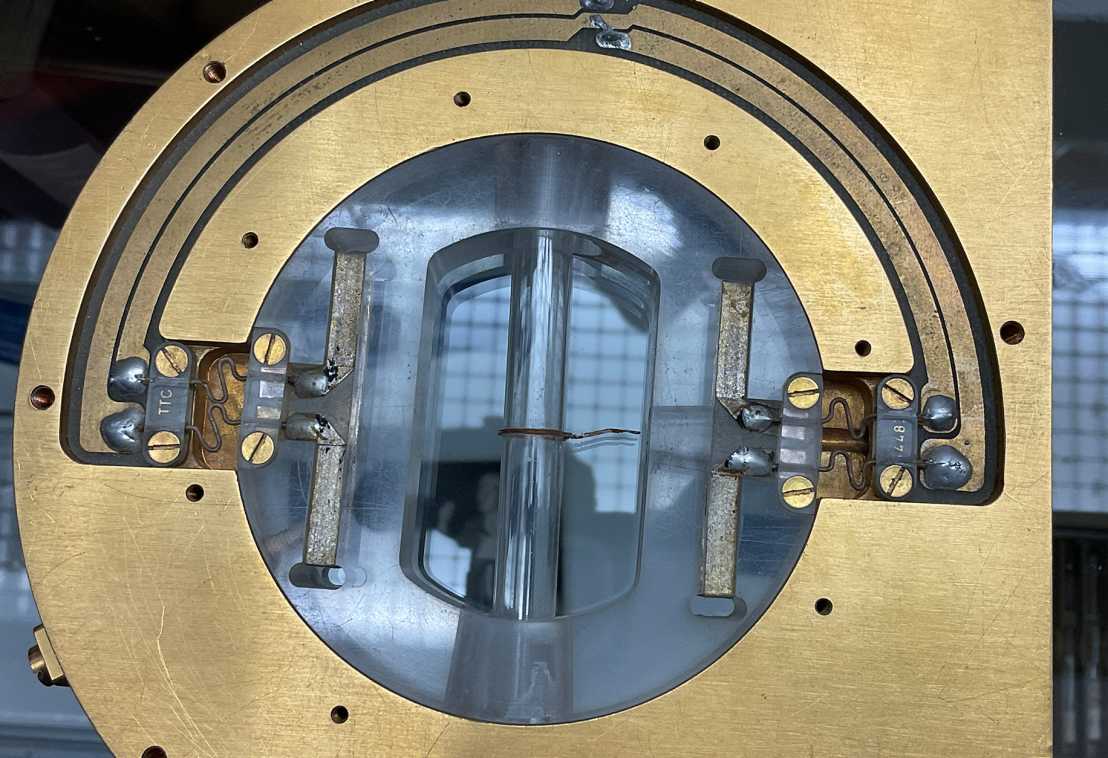
Special historical devices that make small things visible, enabling researchers to make big research contributions. Discover more
The chemistry of fragrances
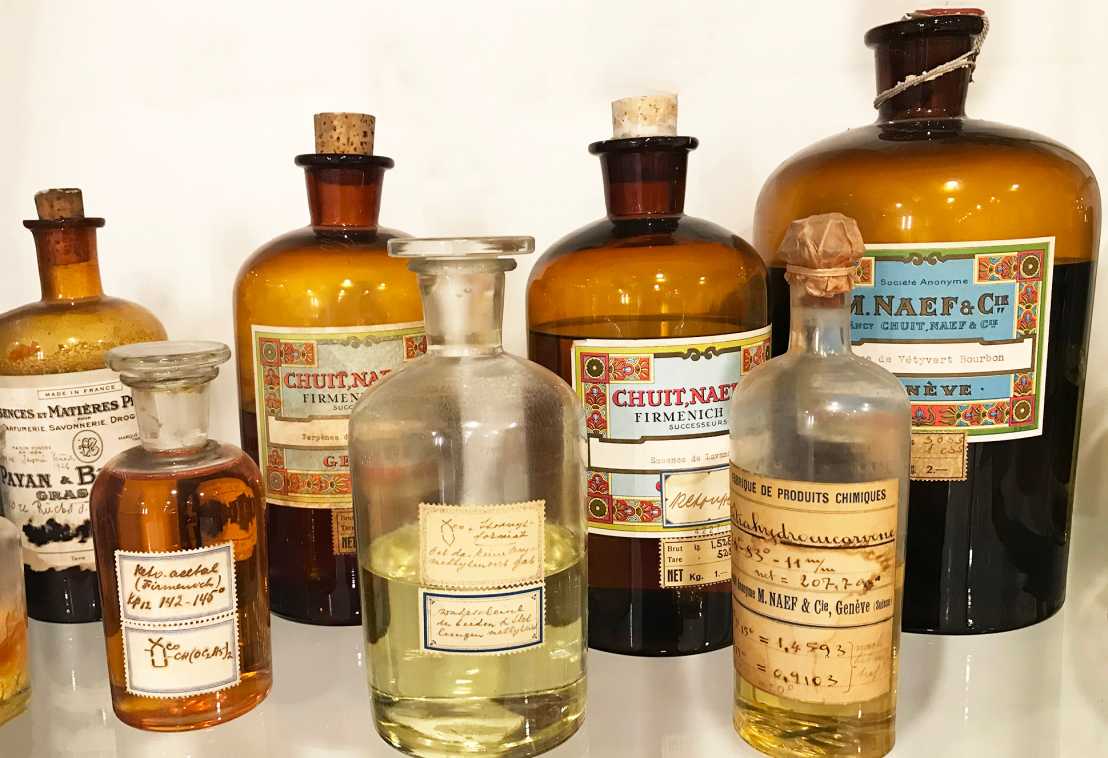
Chemical scent and perfume stories by and with Nobel Prize winner Leopold Ruzicka. Discover more
